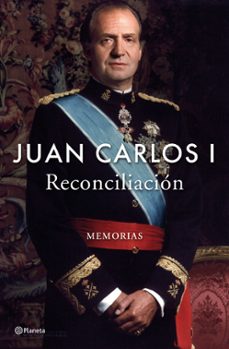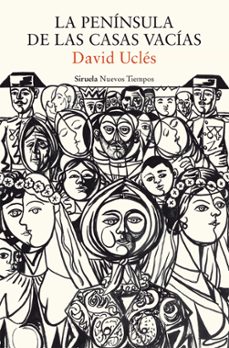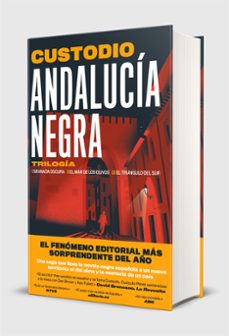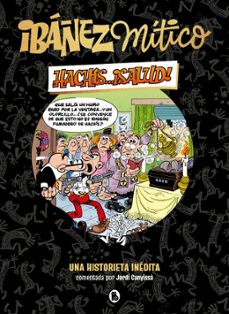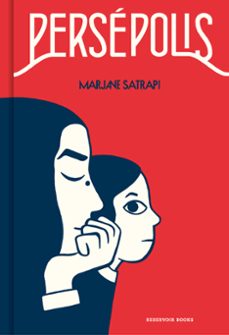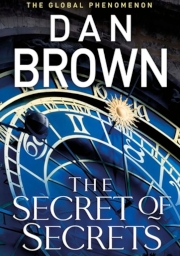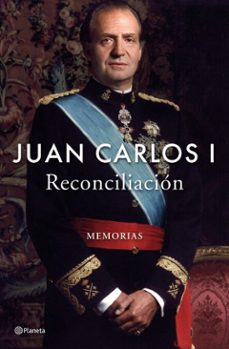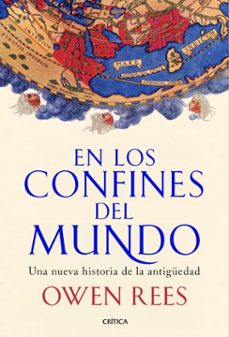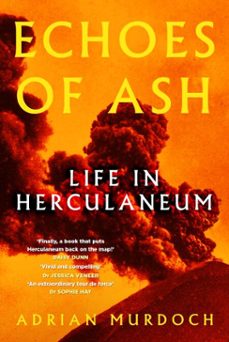Imprescindibles
Más vendidos Libros más leídos eBooks más leídos Todos los libros Todos los libros Autores destacados Series y sagas
Recomendados Libros recomendados Autores destacados Libros que inspiran Vidas con historia LGTBIQ+ English books
Ficción
Literatura Contemporánea Estudios literarios Clásicos Cuentos Poesía Teatro Libros de bolsillo Sagas literarias
Géneros literarios Novela romántica y erótica Novela negra Novela histórica Narrativa fantástica Novela de ciencia ficción Novela de terror Narrativa de humor Narrativa de viajes
No Ficción
Ciencias y tecnología Biología Ciencias Ciencias naturales Divulgación científica Informática Ingeniería Matemáticas Medicina Salud y dietas Formación Idiomas Estilo de vida Libros de Cocina Guías de viaje Narrativa de viajes Deportes Libros de Juegos Manualidades
Humanidades Autoayuda y espiritualidad Ciencias humanas Derecho Economía y Empresa Psicología y Pedagogía Filosofía Sociología Filología Biblioteconomía Estudios filológicos Estudios lingüísticos Estudios literarios Historia y crítica de la Literatura
Infantil
Juvenil
#Jóvenes lectores Narrativa juvenil Clásicos adaptados Libros Wattpad Libros Booktok Libros de influencers Libros de Youtubers Libros Spicy Juveniles Libros LGTBIQ+ Temas sociales Libros ciencia ficción Libros de acción y aventura Cómic y Manga Juvenil Cómic Juvenil Manga Shonen Manga Shojo Autores destacados Jennifer L. Armentrout Eloy Moreno Nerea Llanes Hannah Nicole Maehrer
Libros de fantasía Cozy Fantasy Dark academia Hadas y Fae Romantasy Royal Fantasy Urban Fantasy Vampiros y hombres lobo Otros Misterio y terror Cozy mistery Policiaca Spooky Terror Thriller y suspense Otros
Libros románticos y de amor Dark Romance Clean Romance Cowboy Romance Mafia y amor Romance dramatico Romance dramatico Romcom Sport Romance Otros Clichés Enemies to Lovers Friends to Lovers Hermanastros Slow Burn Fake Dating Triángulo amoroso
Cómic y Manga
Novela gráfica Novela gráfica americana Novela gráfica europea Novela gráfica de otros países Personajes, series y sagas Series y sagas Star Wars Superhéroes Cómics DC Cómics Marvel Cómics otros superhéroes Cómics Valiant
eBooks
Literatura Contemporánea Narrativa fantástica Novela de ciencia ficción Novela de terror Novela histórica Novela negra Novela romántica y erótica Juvenil Más de 13 años Más de 15 años Infantil eBooks infantiles
Humanidades Autoayuda y espiritualidad Ciencias humanas Economía y Empresa Psicología y Pedagogía Filosofía Historia Historia de España Historia Universal Arte Cine Música Historia del arte
Ciencia y tecnología Ciencias naturales Divulgación científica Medicina Salud y dietas Filología Estudios lingüísticos Estudios literarios Historia y crítica de la Literatura Estilo de vida Cocina Guías de viaje Ocio y deportes
Preventa de eBooks de Historia antigua universal
Te puede interesar
Filtros
Del 1 al 2 de 2
REES, OWEN
Editorial Crítica 9788491998334
Una fascinante historia del mundo antiguo desde sus márgenes, más allá de Grecia y Roma. Una fascinante historia del mundo antiguo desde sus márgenes, más allá de Grecia y Roma. ¿Cómo era vivir en los margenes de los antiguos imperios, en los limites del mundo conocido? Muchos griegos y romanos pensaban que las fronteras de su mundo marcaban el final de la civilizacion. Gracias a las excavaciones arqueologicas, hoy sabemos que en las fronteras de lo que consideramos el corazon de la civilizacion existieron culturas vibrantes y complejas. Owen Rees explora los poderosos imperios y pueblos diversos de Europa, Asia y Africa, mas alla del alcance de Grecia y Roma, y el resultado es una mirada sorprendentemente rica y reveladora sobre el mundo antiguo.
Ver más
eBook
MURDOCH, ADRIAN
The History Press 9781803999920
On a beach near Naples in October 79 CE, more than 300 people stand on a beach, hoping for an evacuation that will never come. Vesuvius a volcano which needs no introduction in the world of Ancient Rome has erupted. And they have left it too late. They will all be killed instantly in the devastation that follows.This was the end of their town, but it is not the end of their story. Neighbouring the world-renowned Pompeii, the town of Herculaneum is the neglected victim of Vesuvius. It was uniquely preserved in the aftermath of the eruption, and in many ways gives us unparalleled glimpses into the past.Echoes of Ash tells the fascinating story of Herculaneum and the people who lived there for the first time. Through the eyes of the Weaver, the Slave Girl and the Pregnant Lady, the Soldier, the Fisherman and the Boxer, and by investigating the relevant buildings and the archaeological discoveries of the past twenty years, acclaimed historian Adrian Murdoch makes it possible to build a historical picture that is more colourful, complete and alive than has ever been possible before. Essential reading for fans of Pompeii Herculaneum receives 300,000 visitors every year and is one of Italys top ten tourist destinations, yet it has been overshadowed by Pompeii in popular history until now Based on the latest archaeological research and discoveries, Adrian Murdoch explores the ancient Roman town to bring the ancient world to life Herculaneums unrivalled preservation gives us a unique glimpse into Roman life
Ver más
eBook
Del 1 al 2 de 2


